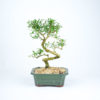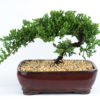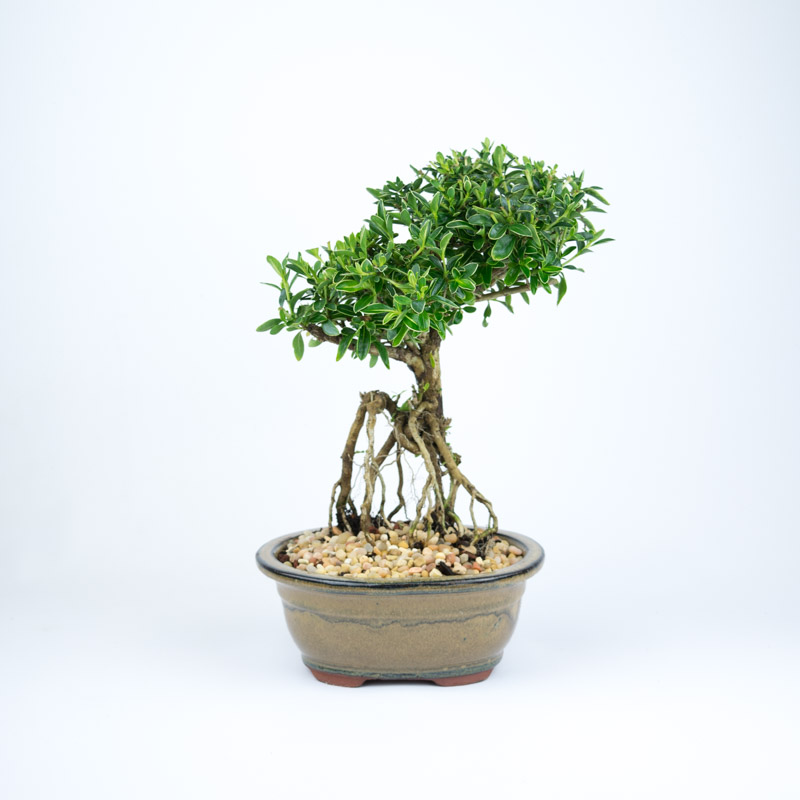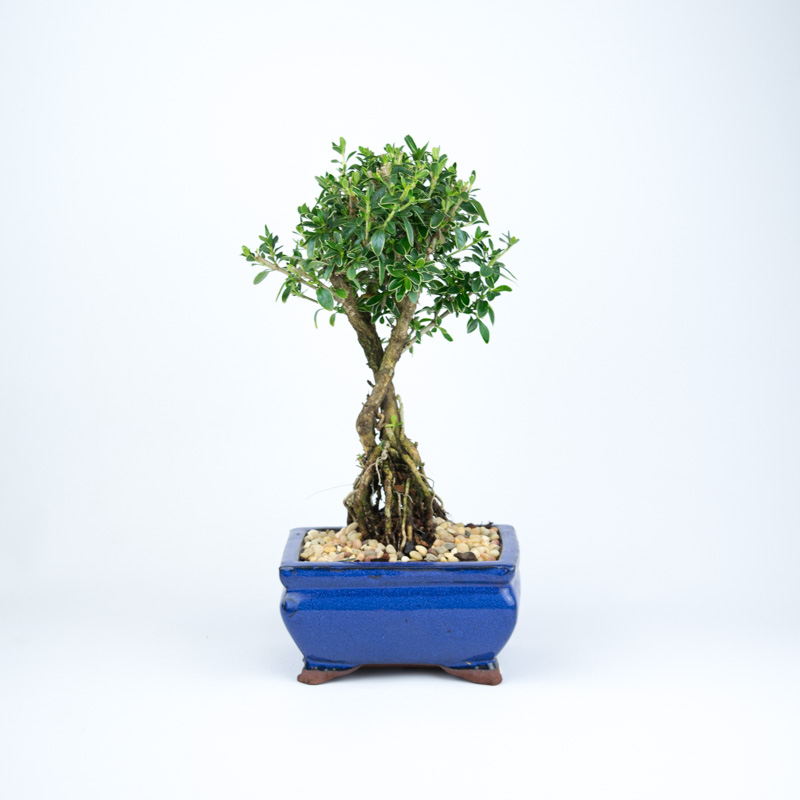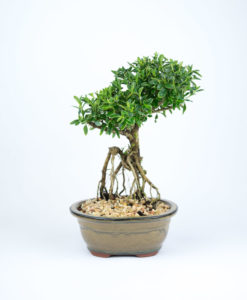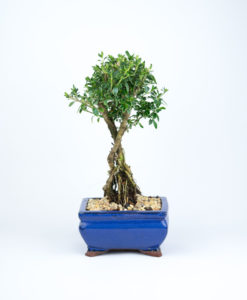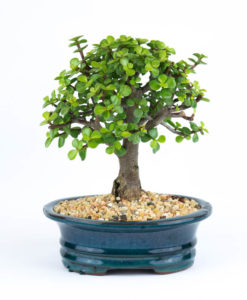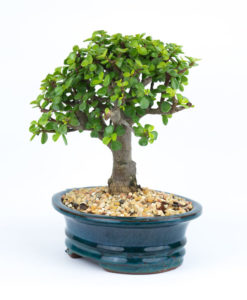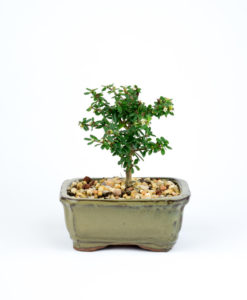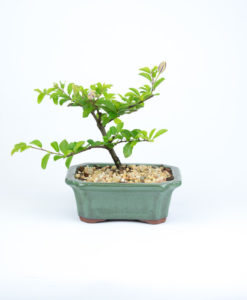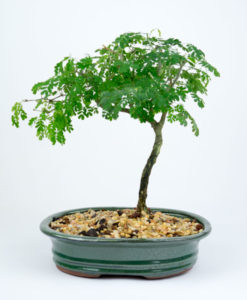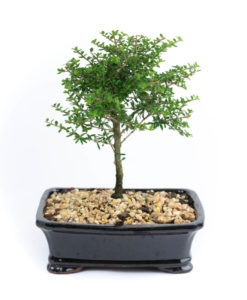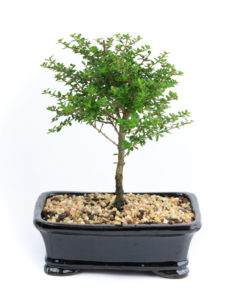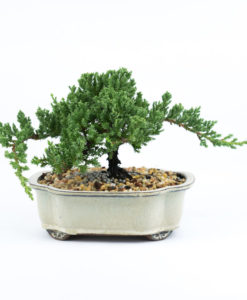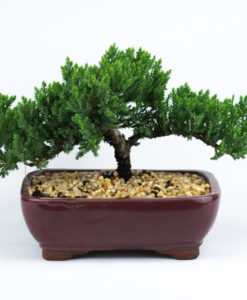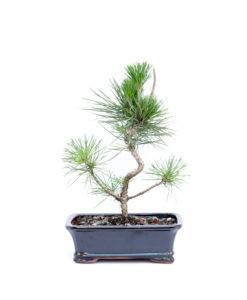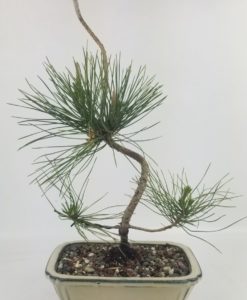No products in the cart.
$49.00
Shipping
The one that you purchase will be similar to the one depicted. Please email us if you want to see pictures of the selection we have in stock in various colored pots.
Potted in a 6″ oval ceramic tan color bonsai pot
Out of stock
Categories: 6" Potted Bonsai, Potted Bonsai
The Mount Fuji Serissa is a species of small, evergreen shrubs native to Southeast Asia. Serissa is also known as Snowrose or Tree of a Thousand Stars. The tiny evergreen leaves, gnarled trunk and frequent blooming make it a favorite among bonsai hobbyists, especially in Japan.
Serissa is native to open sub-tropical woodlands and wet meadows in Southeast Asia; the Mount Fuji variety is originating in Japan. It blooms prolifically from early spring through autumn. The blooms are delicate white star-shaped miniature flowers.
Easy indoor maintenance: This sub-tropical variegated evergreen, is not difficult to maintain as bonsai, but is easily impacted by its environment. Serissa does not respond well to change. It will drop leaves if: over-watered; under-watered; if it’s too cold; too hot; even just moving it to a new location can cause leaf drop. It will drop some leaves after shipping. Fortunately it will begin to re-leafs quickly and grows back to health once it has adjusted to its new location. Keeping its environment constant is the best way to prevent leaves from dropping. In an air conditioned home, keep it away from the direct air flow of a vent; it will not deal well with cold drafts. Place it by the window with bright light and water when surface is dry. DO NOT let it dry out totally.
How To Take Proper Care Of Your Indoor Bonsai Tree
Bonsai is the reproduction of natural tree forms in miniature. This art form has its origin in Japan and China where it has been practiced for centuries. With proper care, your bonsai will remain healthy, beautiful and miniature for many years to come. Since your bonsai is a living miniature tree, it will increase in beauty as it matures through the years.
Temperature: Hardy to zone 9. Please bring indoor when temperature drop to freeze. Some recommend daily misting, but do not mist while in bloom as this causes the flowers to rot. Placing the Serissa on a moisture tray is another option.
Related products
$59.00
$30.00
$42.00
$59.00

